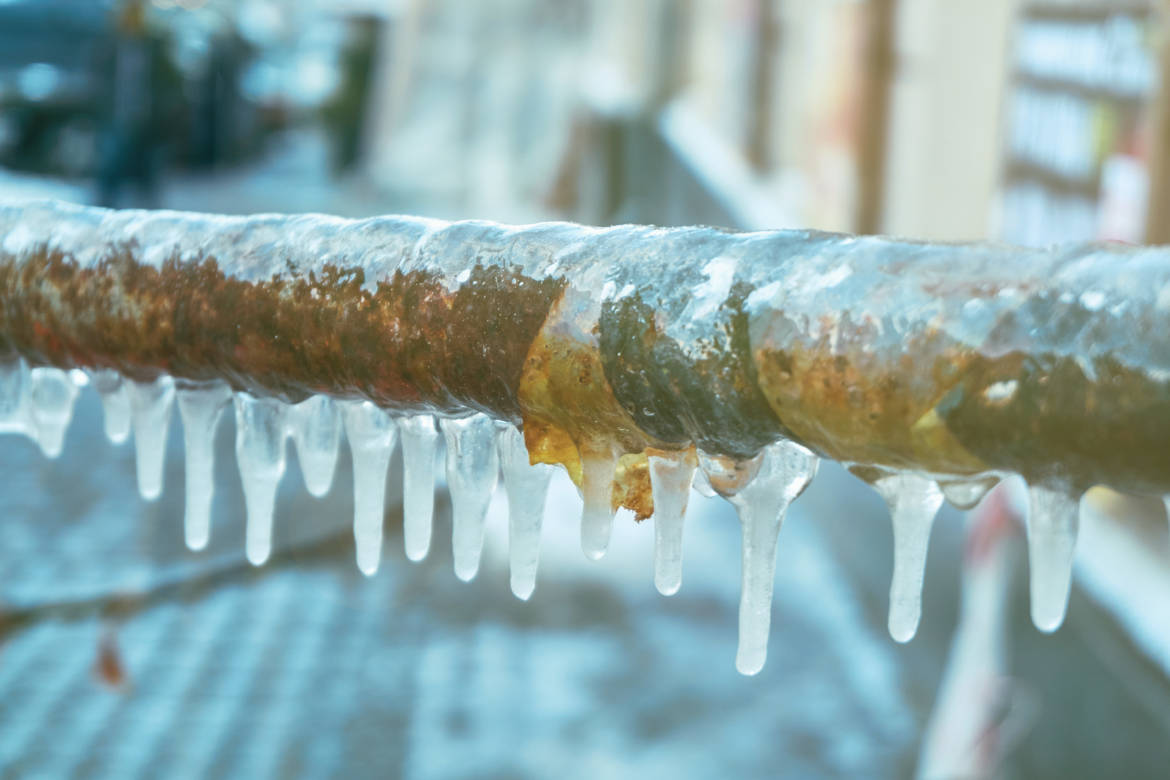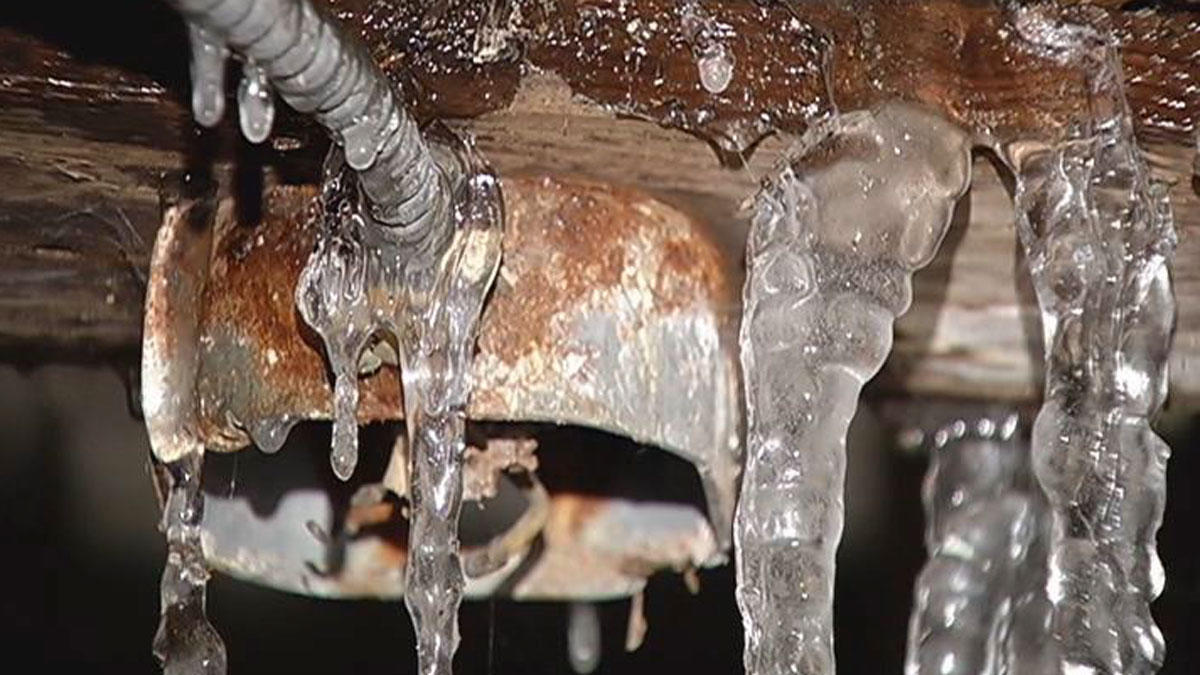Just how do you really feel when it comes to 6 Ways to Prevent Frozen Pipes?

Winter can damage your pipes, specifically by freezing pipelines. Here's how to prevent it from taking place and what to do if it does.
Introduction
As temperatures decrease, the risk of icy pipes rises, potentially bring about expensive fixings and water damage. Recognizing how to avoid icy pipes is crucial for house owners in cool environments.
Understanding Frozen Pipelines
What creates pipelines to ice up?
Pipelines freeze when subjected to temperature levels listed below 32 ° F (0 ° C) for expanded periods. As water inside the pipes ices up, it increases, putting pressure on the pipeline wall surfaces and potentially causing them to burst.
Risks and damages
Icy pipelines can bring about water disturbances, property damages, and expensive repairs. Ruptured pipelines can flooding homes and create considerable structural damage.
Signs of Frozen Pipeline
Identifying icy pipelines early can stop them from breaking.
Just how to recognize icy pipelines
Try to find lowered water circulation from faucets, unusual odors or noises from pipes, and visible frost on revealed pipelines.
Avoidance Tips
Protecting susceptible pipelines
Wrap pipes in insulation sleeves or make use of heat tape to protect them from freezing temperature levels. Concentrate on pipes in unheated or external areas of the home.
Home heating methods
Maintain interior areas appropriately heated, particularly locations with pipes. Open up closet doors to permit cozy air to distribute around pipelines under sinks.
Shielding Exterior Pipes
Yard pipes and outside faucets
Detach and drain yard hose pipes before winter season. Install frost-proof spigots or cover exterior taps with protected caps.
What to Do If Your Pipes Freeze
Immediate activities to take
If you presume frozen pipes, keep taps available to alleviate pressure as the ice thaws. Use a hairdryer or towels taken in hot water to thaw pipelines slowly.
Long-Term Solutions
Structural adjustments
Think about rerouting pipes away from outside wall surfaces or unheated areas. Add extra insulation to attics, basements, and crawl spaces.
Updating insulation
Purchase top notch insulation for pipelines, attic rooms, and wall surfaces. Appropriate insulation assists maintain consistent temperatures and lowers the threat of icy pipes.
Verdict
Protecting against icy pipelines calls for aggressive measures and fast actions. By comprehending the causes, signs, and safety nets, property owners can shield their pipes during cold weather.
5 Ways to Prevent Frozen Pipes
Drain Outdoor Faucets and Disconnect Hoses
First, close the shut-off valve that controls the flow of water in the pipe to your outdoor faucet. Then, head outside to disconnect and drain your hose and open the outdoor faucet to allow the water to completely drain out of the line. Turn off the faucet when done. Finally, head back to the shut-off valve and drain the remaining water inside the pipe into a bucket or container. Additionally, if you have a home irrigation system, you should consider hiring an expert to clear the system of water each year.
Insulate Pipes
One of the best and most cost-effective methods for preventing frozen water pipes is to wrap your pipes with insulation. This is especially important for areas in your home that aren’t exposed to heat, such as an attic. We suggest using foam sleeves, which can typically be found at your local hardware store.
Keep Heat Running at 65
Your pipes are located inside your walls, and the temperature there is much colder than the rest of the house. To prevent your pipes from freezing, The Insurance Information Institute suggests that you keep your home heated to at least 65 degrees, even when traveling. You may want to invest in smart devices that can keep an eye on the temperature in your home while you’re away.
Leave Water Dripping
Moving water — even a small trickle — can prevent ice from forming inside your pipes. When freezing temps are imminent, start a drip of water from all faucets that serve exposed pipes. Leaving a few faucets running will also help relieve pressure inside the pipes and help prevent a rupture if the water inside freezes.
Open Cupboard Doors
Warm your kitchen and bathroom pipes by opening cupboards and vanities. You should also leave your interior doors ajar to help warm air circulate evenly throughout your home.

I ran across that entry about How to prepare your home plumbing for winter weather while looking around the search engines. Sharing is caring. Who knows, you may just be helping someone out. We truly appreciate your readership.
Click Here